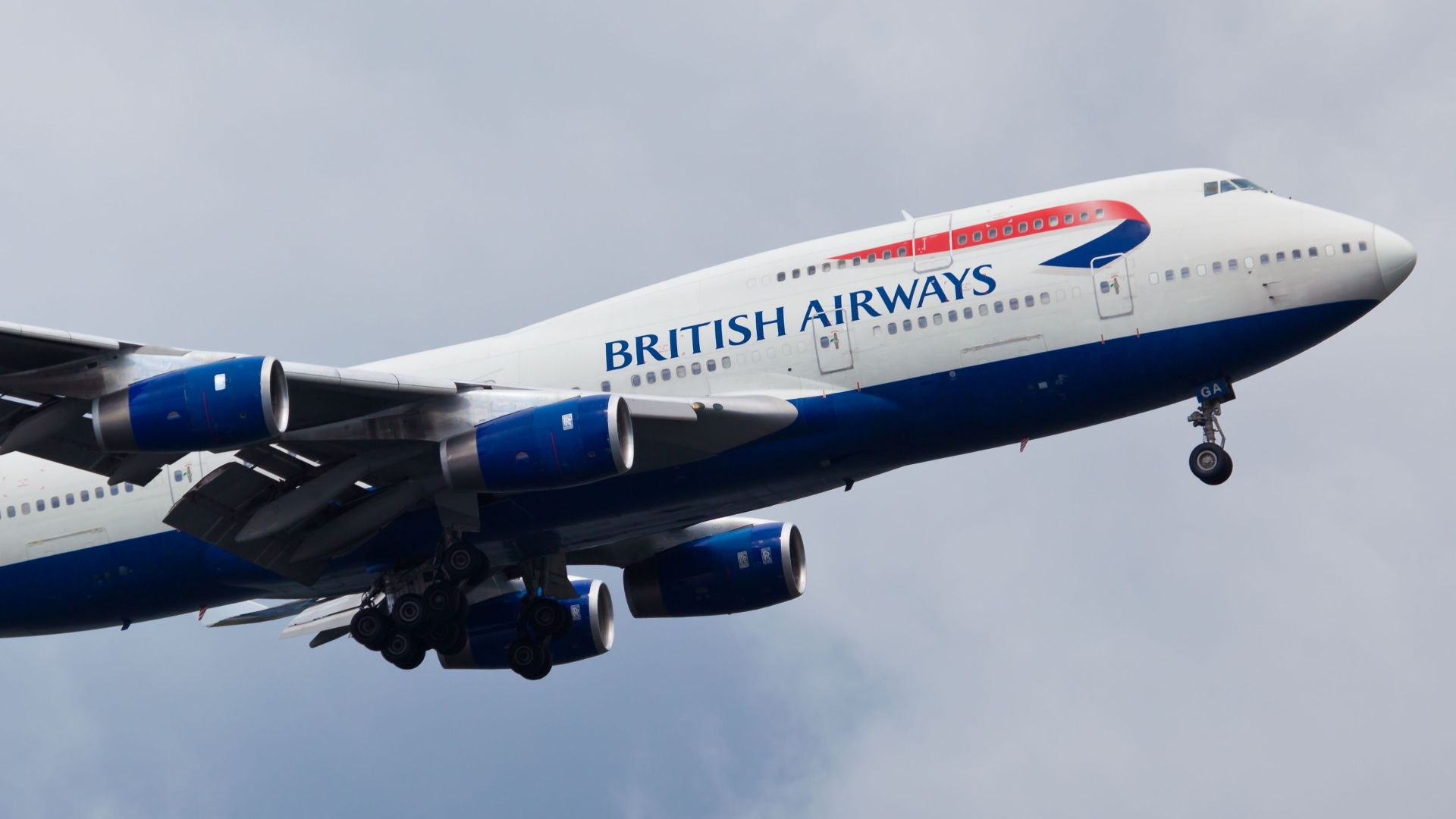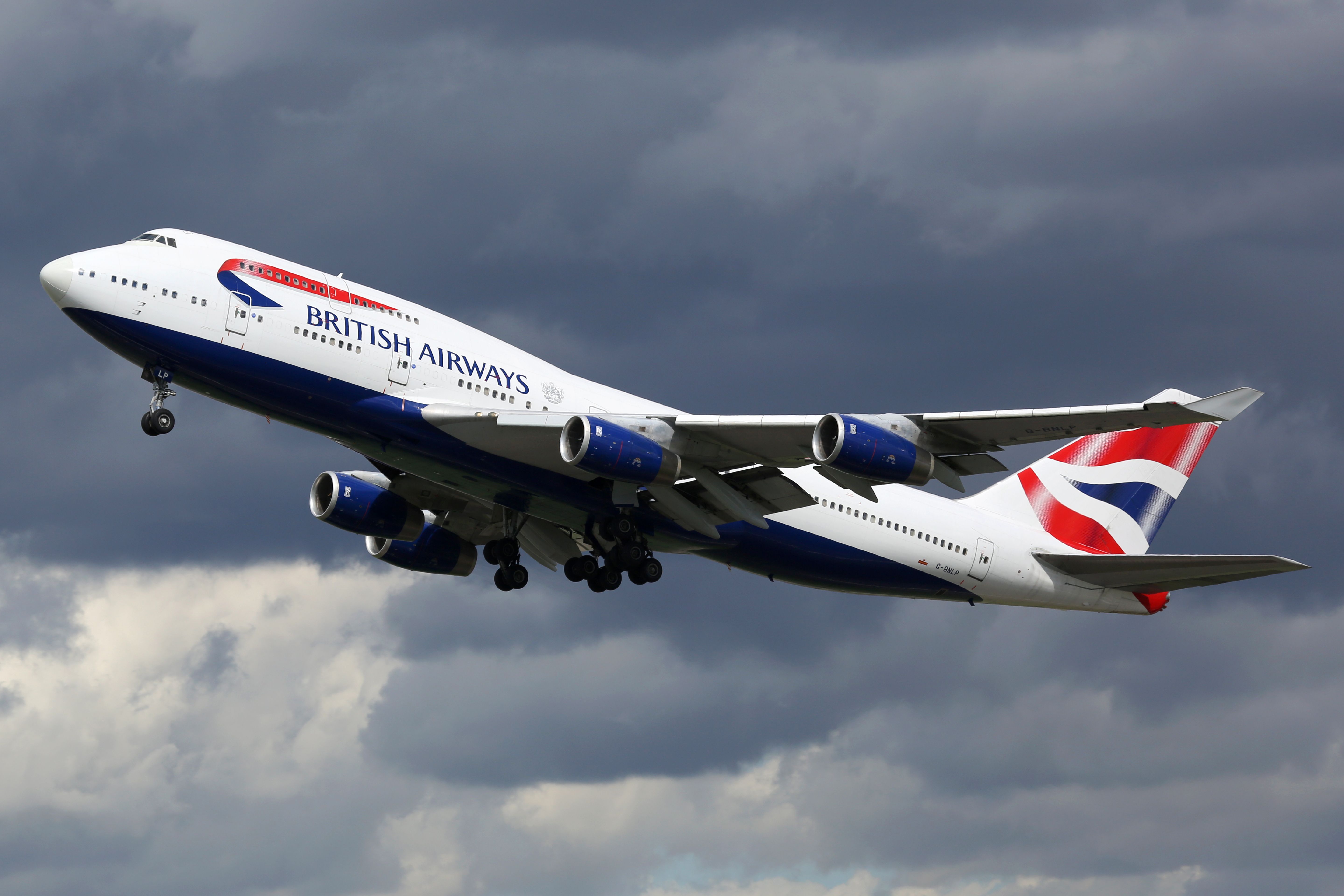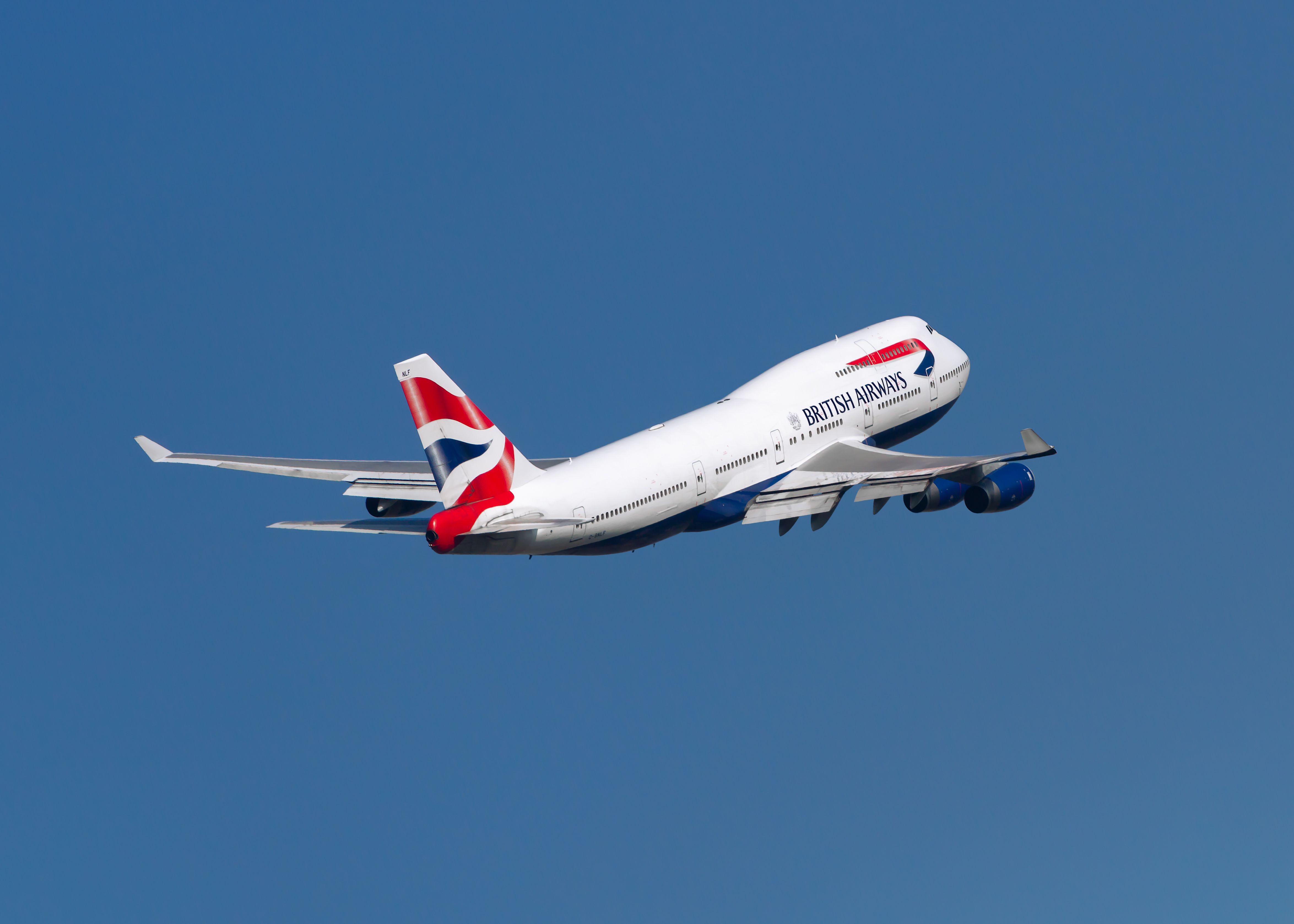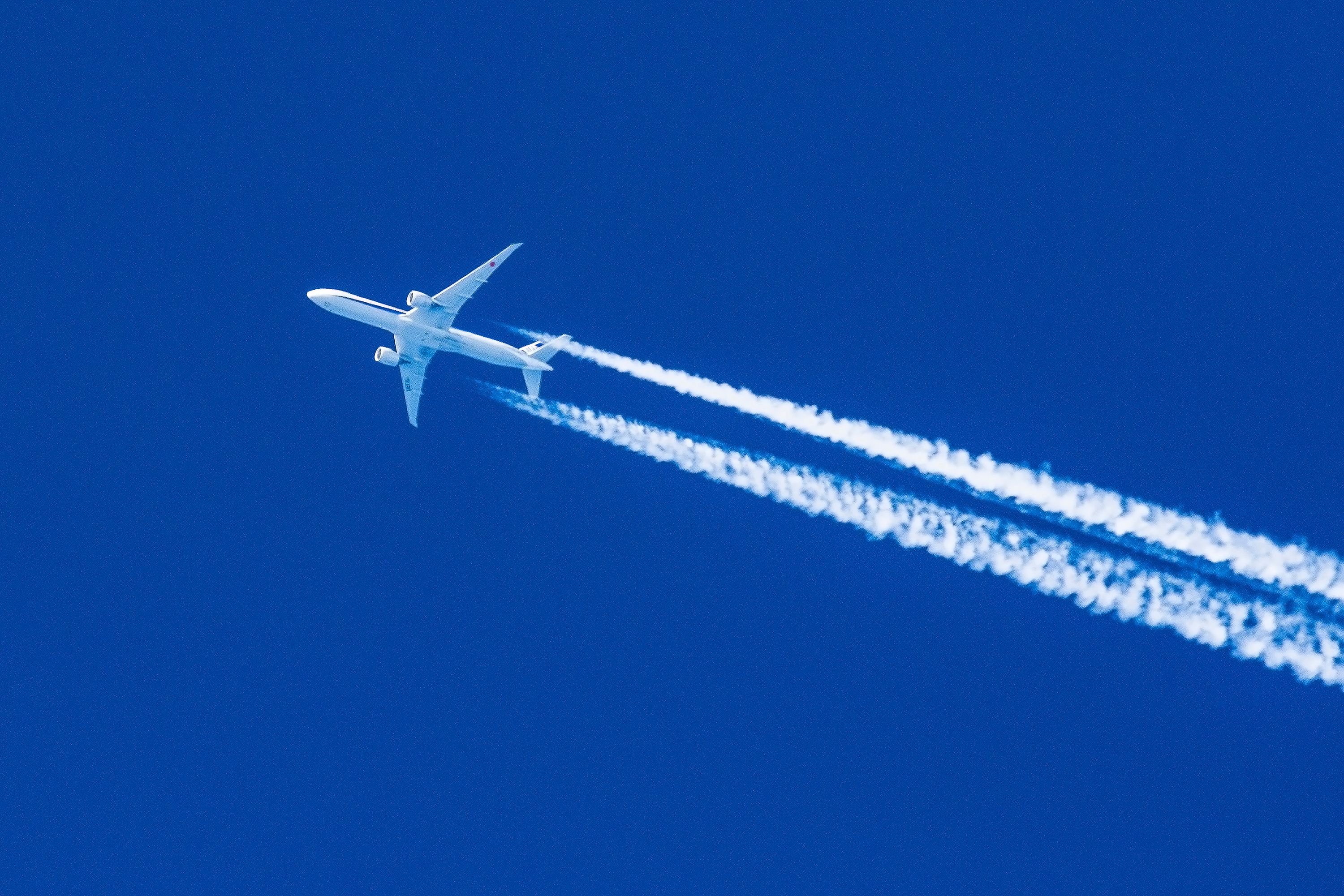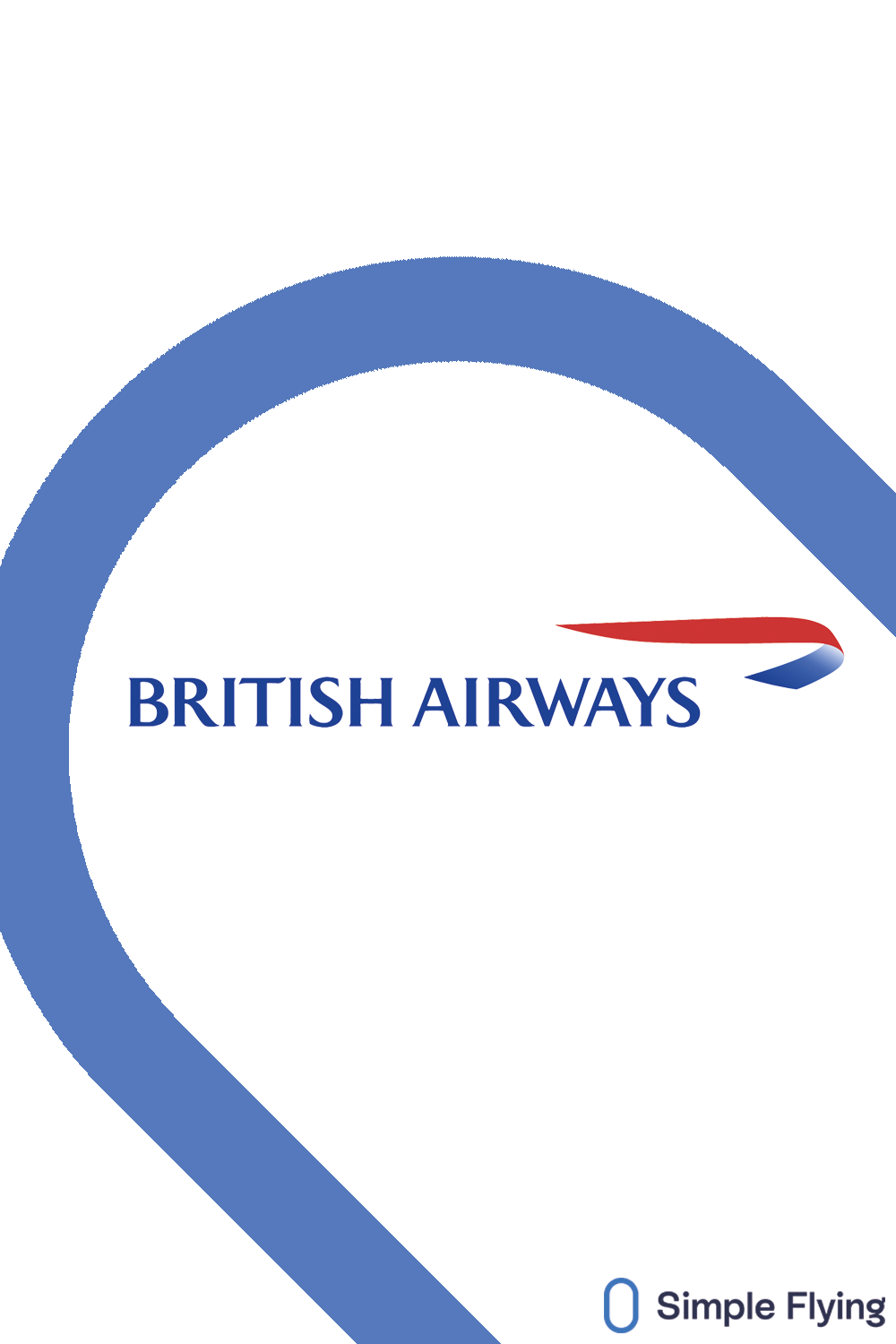Summary
- A British Airways Boeing 747 once reached 825 mph thanks to a powerful jet stream near Greenland.
- The impressive ground speed was achieved due to a combination of the aircraft's airspeed and a tailwind of over 200 mph.
- Virgin Atlantic also achieved a similar feat with their Boeing 787, reaching a speed of 801 mph, and an A350 hit 833 mph on the same route.
British Airways' Boeing 747s used to be a common sight on the lucrative route between London Heathrow and New York JFK. However, they were more than just an iconic way to cross the North Atlantic Ocean. Indeed, one such jumbo jet once broke the record for the fastest flight on this route, reaching a maximum speed of 825 mph (1,328 km/h). But how?
Helped by the jet stream
February 2020 saw a British Airways Boeing 747-400 break the record for the fastest-ever subsonic scheduled commercial flight between New York and London. A quick browse of the airline's schedules shows that this journey typically takes around seven hours.
However, according to US science and technology magazine Popular Mechanics, a BA jumbo shaved some two hours off this time nearly four years ago by completing the journey in a record-breaking four hours and 56 minutes! Aided by a more powerful jet stream than usual, this rapid journey saw the 747 reach a top speed of 825 mph.
Popular Mechanics reports that it was so powerful on this occasion because of a 'bomb cyclone' near Greenland. This generated hurricane-force winds at its epicenter, with wind speeds still at an impressive 200 mph further away.
Get the latest aviation news straight to your inbox: Sign up for our newsletters today.
Airspeed vs ground speed
It is essential, in cases such as this, to make a distinction between airspeed and ground speed. The difference means that while the flight's speed appears to have been supersonic, it didn't actually break the sound barrier. The impressive 825mph figure that the wind-assisted BA 747 clocked was a ground speed measurement.
Ground speed is the speed at which the aircraft would travel if it were at ground level. This is why the flight arrived nearly two hours early. However, the figure is a combination of the plane's airspeed and its tailwind. On a completely still day, ground speed and airspeed would be equal. However, in this instance, there was a tailwind of more than 200 mph (322 km/h).
As such, the 747's airspeed (its speed relative to the air around it at its cruising altitude) remained subsonic. Hence, this seemingly supersonic flight didn't break the sound barrier.
A similar feat by Virgin Atlantic
While airlines often profit from jet stream winds to achieve faster transatlantic crossings, stories of supersonic ground speeds are rare. That being said, British Airways isn't the only airline to have achieved such a feat. Indeed, a Virgin Atlantic Boeing 787 also managed to do so in February 2019 while operating a flight from Los Angeles to London.
Aided by a strong tailwind, the Dreamliner topped at 801 mph (1,289 km/h). Virgin Atlantic founder Sir Richard Branson gleefully took to what was known as Twitter at the time to explain that this was "faster than any other commercial non-supersonic plane."
Of course, the New York-London Heathrow BA 747 flight a year later went on to steal this title. That being said, a Virgin A350 on the same route came in just a few minutes slower, hitting a staggering 833mph (1340 km/h).
We'd love to see you on Instagram - follow us here!
Jet streams
It isn’t a coincidence that the flights mentioned here were traveling from the US to Europe. There’s often a difference in flight times depending on the direction of travel.
It is usually faster to fly east. For instance, on average, flying from London to New York typically takes aircraft just over eight hours. Meanwhile, the flight from New York to London will take around seven hours. A non-transatlantic example might be a flight between Amsterdam and Singapore. A flight east will take nearly 13 hours while flying west towards Europe will take almost 15 hours.
The primary reason for this difference in travel times with flight direction is the jet stream - the high-altitude wind that blows from the west to the east across the planet. Airplanes will enter into the jet stream at around 30,000 feet and then travel with (or against) these winds.
Prominent jet streams include the polar and subtropical streams, located at 60° and 30° north and south of the equator. The polar stream is more substantial, causing much faster winds than subtropical streams. Indeed, airlines on transatlantic and transpacific routes typically use the polar stream while planning flight paths.
British Airways is no stranger to unique transatlantic voyages. Notably, one of its 747s once flew between Los Angeles and London on just three engines. In February 2005, one of the aircraft's four engines gave way during takeoff and was shut down. Nonetheless, this issue wasn't enough to stop the jumbo on its mission.
Moreover, we can't talk about this subject without referencing Concorde. After all, this aircraft still holds the record for the fastest transatlantic crossing ever for a commercial flight. The supersonic jetliner flew from New York to London in just two hours, 52 minutes, and 59 seconds in February 1996.
This feat will remain undefeated until the future wave of supersonic flight arrives. Looking ahead, the likes of Boom Supersonic are looking to reintroduce supersonic commercial travel before the decade ends.
Have you ever been on a significantly wind-assisted flight like this one? Perhaps you even traveled on this very service? Let us know your thoughts and experiences in the comments!
Source: Popular Mechanics

